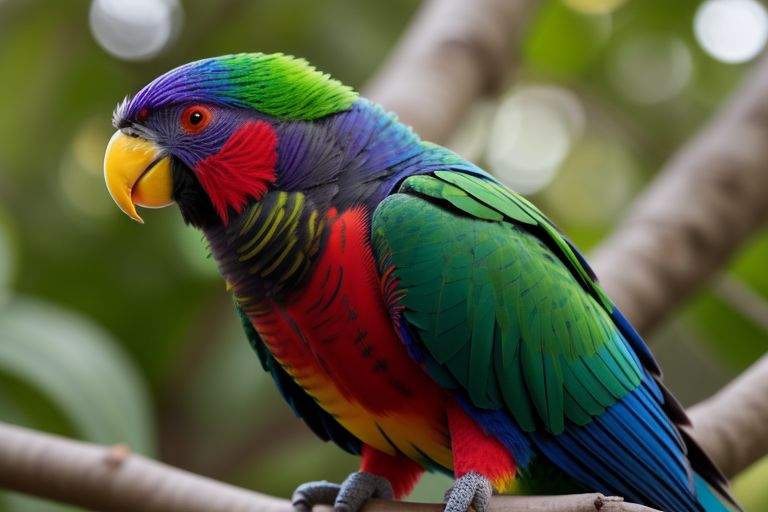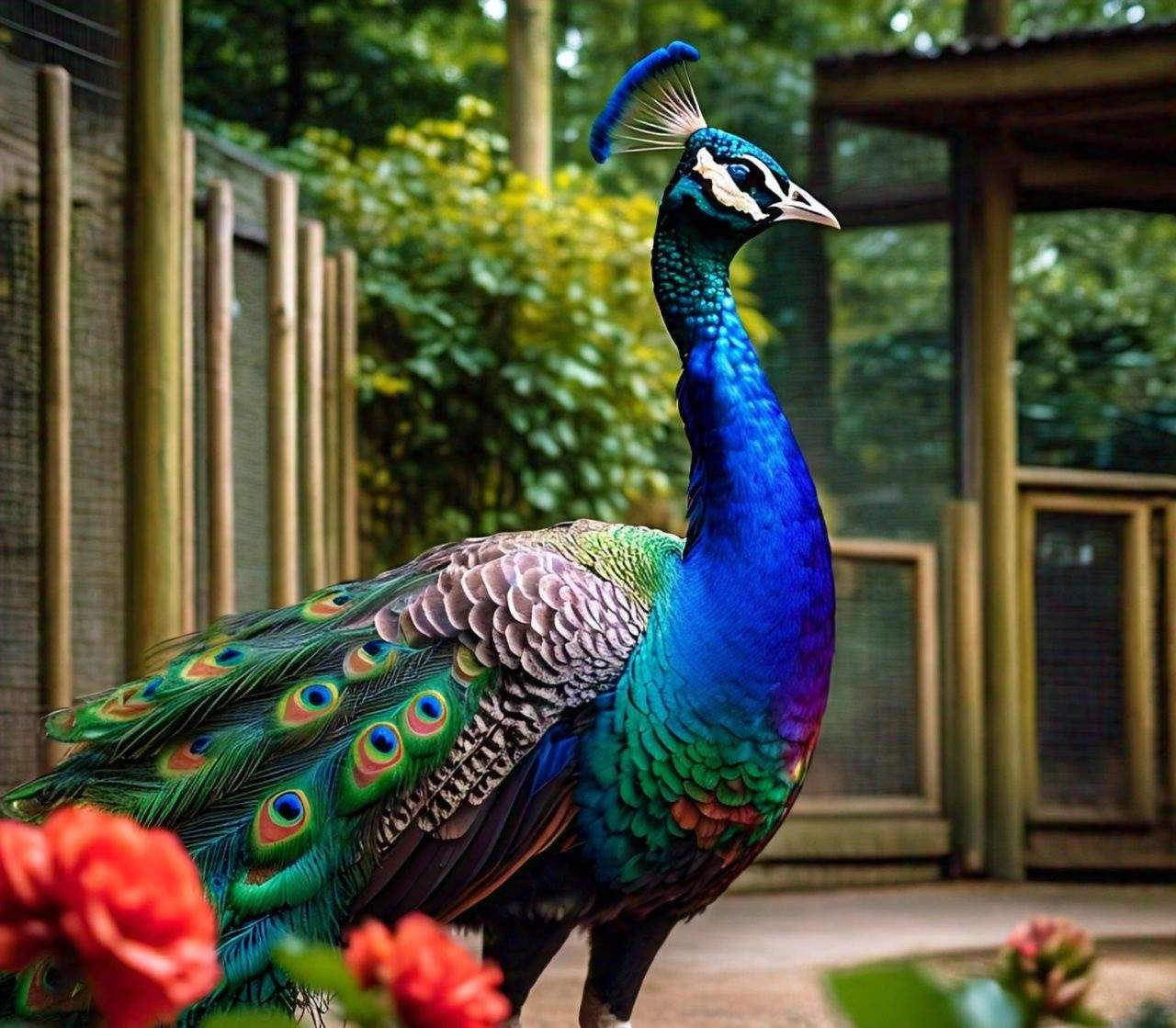
The peacock, a symbol of grandeur, beauty, and pride, is one of the most recognizable and awe-inspiring birds in the world. With its stunning plumage, graceful demeanor, and majestic call, the peacock has captivated human imagination for centuries. In this blog, we will delve into the fascinating world of peacocks, exploring their habitat, physical characteristics, behavior, diet, and more.
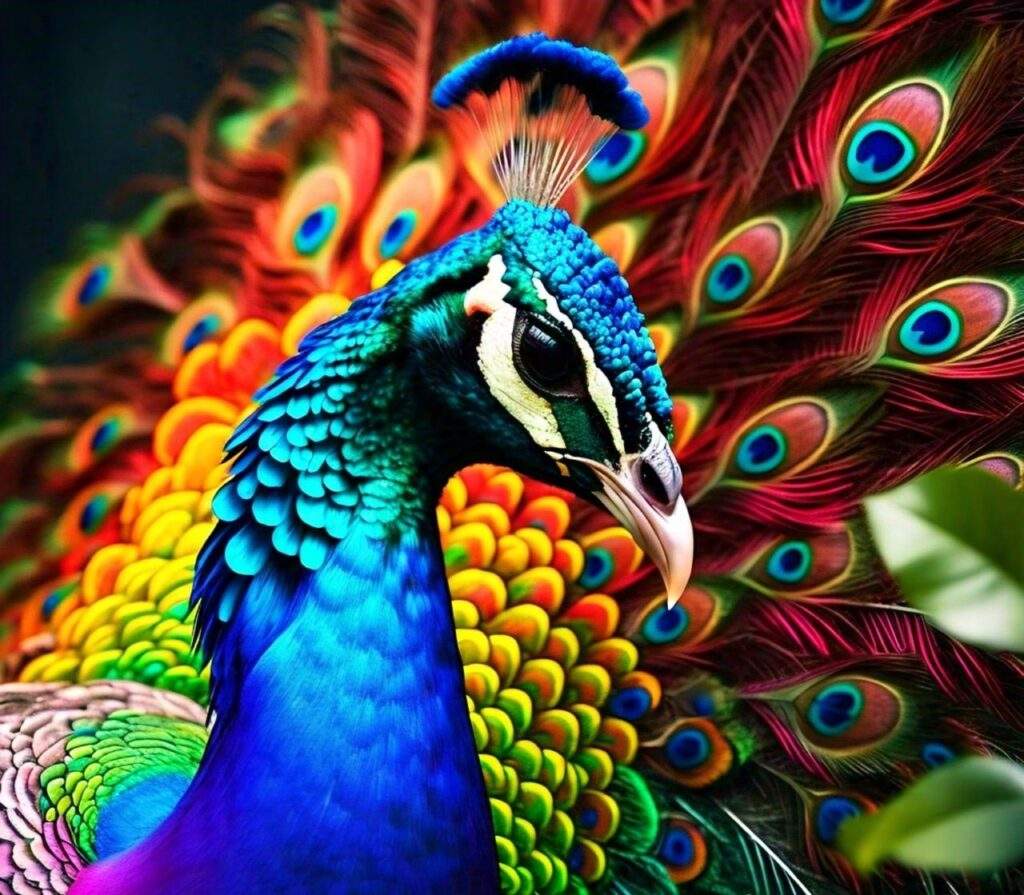
Physical Characteristics
– Weight: 8.8-11.9 pounds (4-5.4 kg)
– Length: 37-53 inches (94-135 cm)
– Wingspan: 5-6 feet (1.5-1.8 meters)
– Plumage: Iridescent blues and greens, with intricate eye-like patterns on the feathers
– Crest: A distinctive crown of feathers on the head
– Beak: Strong, curved, and yellow
– Legs and Feet: Strong, grayish-pink legs and feet with sharp claws
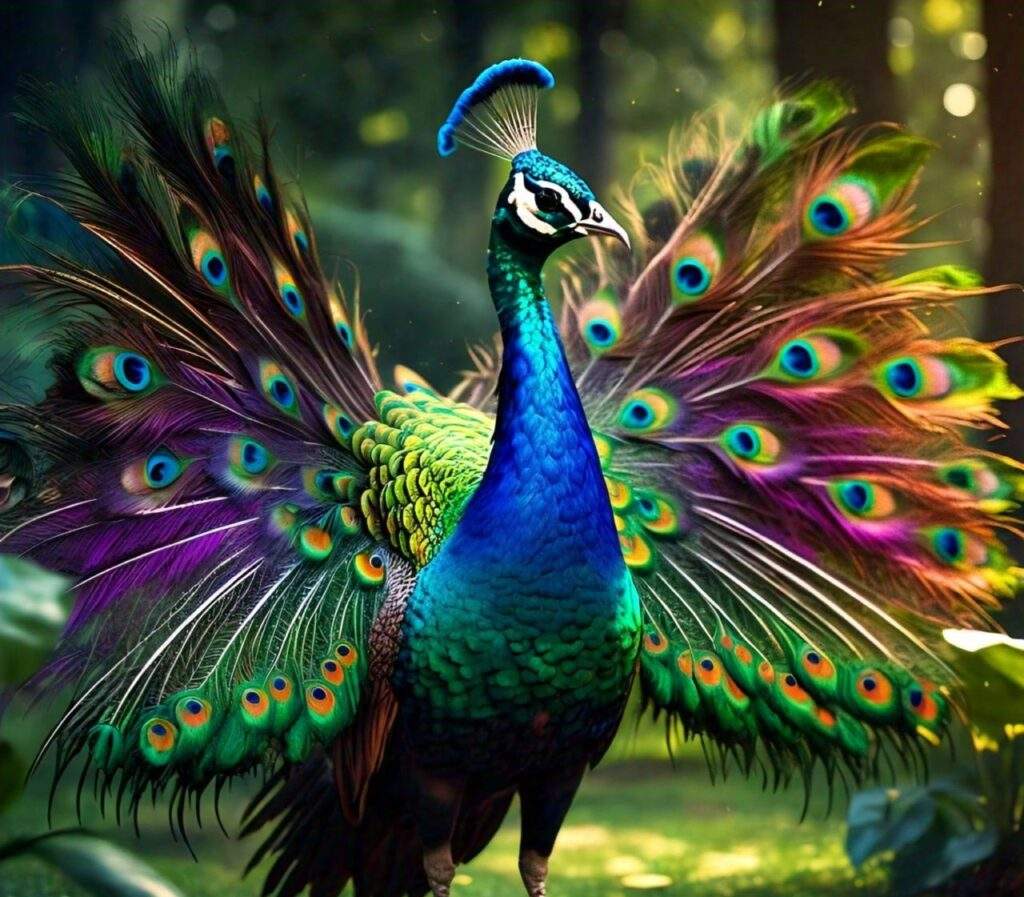
Habitat and Availability
Peacocks are native to the Indian subcontinent and Southeast Asia, but have been introduced to many parts of the world, including:
– India (widely distributed)
– Sri Lanka
– Pakistan
– Bangladesh
– Nepal
– Bhutan
– Southeast Asia (Indonesia, Malaysia, Thailand)
– United States (introduced populations in California, Florida, and Texas)
– Europe (introduced populations in the UK, France, and Spain)
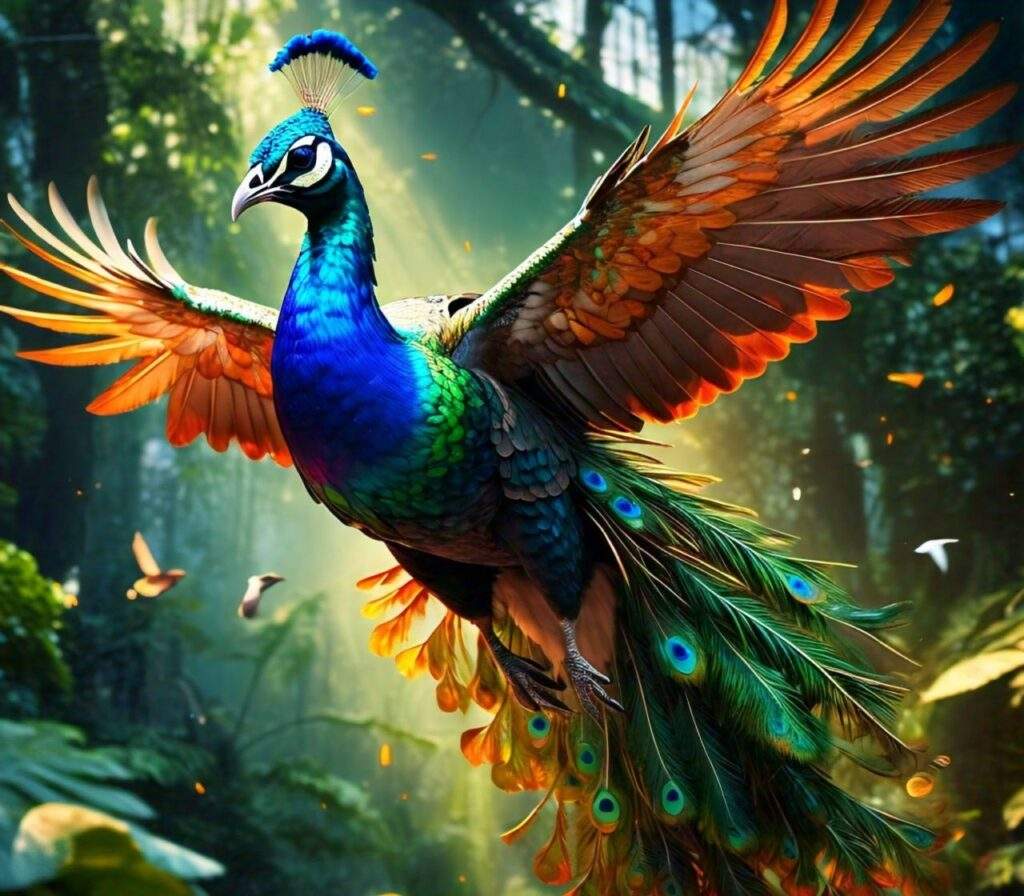
Nature and Behavior
– Social birds, often found in small groups
– Males are polygynous, with a dominant male leading a harem of females
– Females lay 2-4 eggs per clutch, incubated for 28-30 days
– Chicks are precocial, meaning they are relatively mature and mobile from birth
– Peacocks are ground-dwelling birds, but will roost in trees at night
– Known for their loud, piercing calls, which can be heard up to a mile away
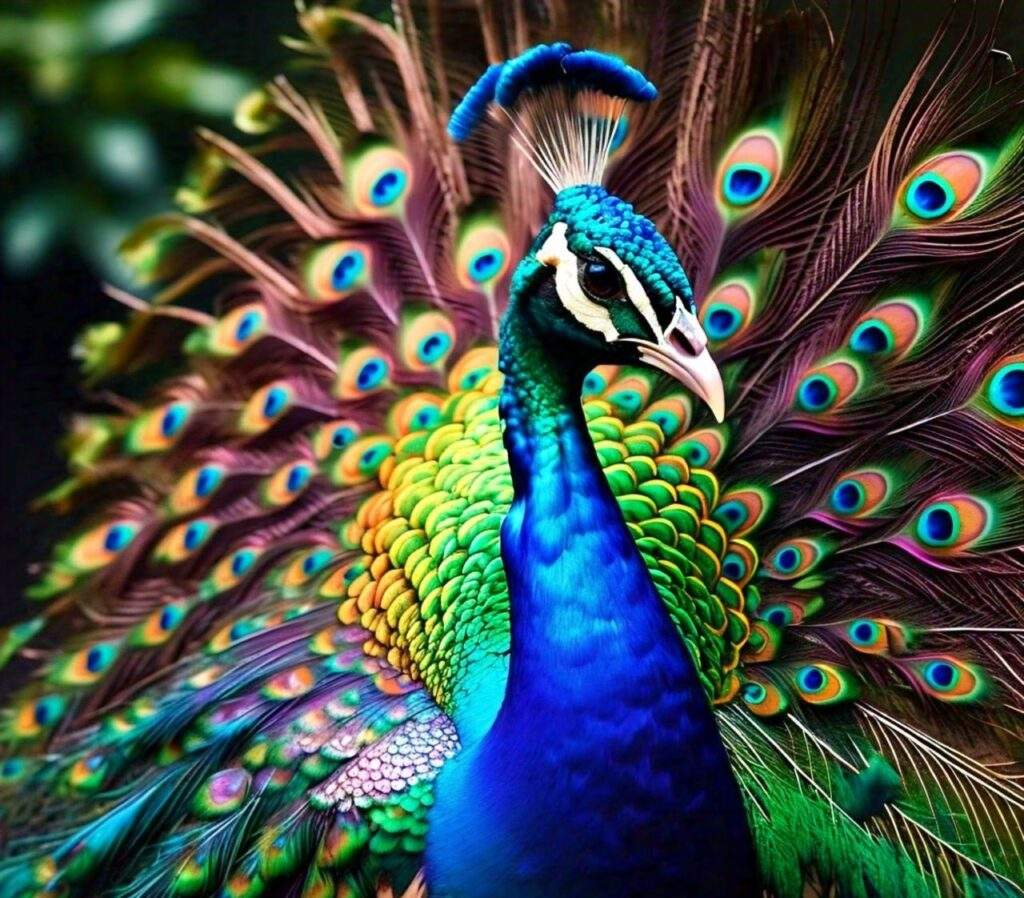
Diet
– Omnivorous, feeding on:
– Insects (ants, beetles, grasshoppers)
– Small reptiles and amphibians
– Fruits (berries, figs, grapes)
– Grains (wheat, oats, barley)
– Small mammals (rodents, hares)
Conservation Status
– Listed as Least Concern on the IUCN Red List
– However, habitat loss, fragmentation, and human persecution threaten local populations
In conclusion, the peacock is a majestic and fascinating bird, with a rich history and cultural significance. By understanding and appreciating their natural habits and habitats, we can work towards preserving these magnificent creatures for generations to come.



